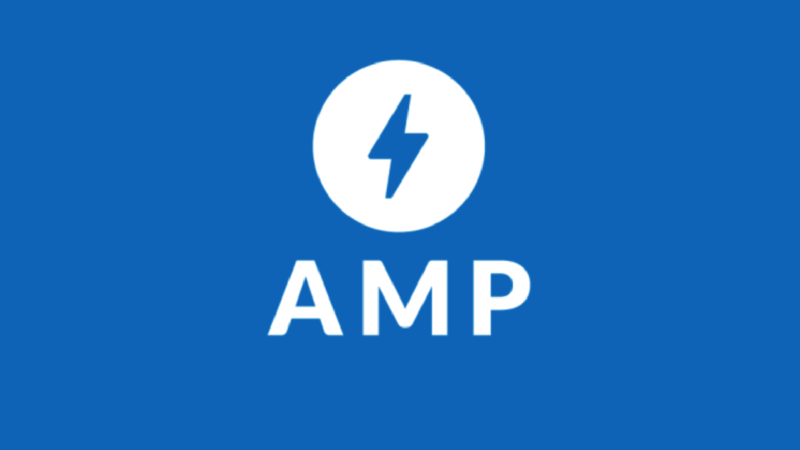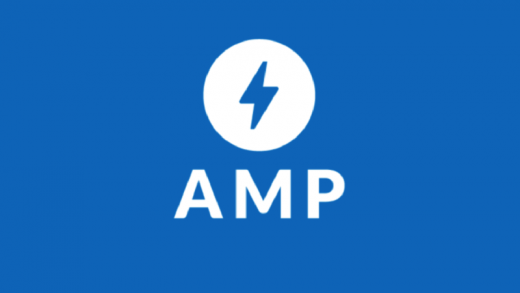Instapage launches first landing page platform with AMP
The company is partnering with Google to lower loading times for mobile landing pages, because each second can increase the bounce rate by 20%.

Instapage is announcing this week that it is the first landing page platform to offer Accelerated Mobile Pages (AMP) as an option.
The San Francisco-based company said it has worked with Google to offer this format for mobile landing pages. Backed by Google, AMP is an open-source project to create faster loading speeds for webpages and ads on mobile devices by providing a restricted version of HTML, an AMP-specific JavaScript library for faster rendering and the use of the Google AMP Cache.
VP of Product Oliver Armstrong told me that, although Instapage is currently offering AMP only for mobile pages, it is prepping for the use of the format at some point on desktops.
To improve speed, AMP eliminates the use of third-party JavaScript and applies some other restrictions, such as on CSS styling.
Armstong said this means the AMP’d landing pages will not support custom JavaScript components like special widgets, JavaScript cannot be added to the page header, and there are some other limitations, such as in page styling and fonts. But, he added, the AMP’d page should more or less look like a normal Instapage landing page.
Forms submissions and most styling are enabled, and the AMP’d pages will support Google’s analytical tools and almost all of Instapage’s analytics.
Depending on what is on the landing page and the connection speed, Amstrong estimated loading time is improved by at least a third with AMP. This could cut down what might normally be a four- or five-second loading time for a mobile landing page to anywhere from one to three seconds. Instapage’s rule of thumb is that every second of loading time increases the bounce rate, i.e., users going somewhere else, by about 20 percent.
The addition of AMP is Instapage’s latest effort to increase the speed of its offerings. In January, Instapage introduced Instablocks, so that page blocks can be reused as building blocks to create landing pages in volume.
Marketing Land – Internet Marketing News, Strategies & Tips
(13)



